AIoT in Automotive: Transforming In-Vehicle Experience
The Artificial Intelligence of Things (AIoT) is revolutionizing industries by combining the power of Artificial Intelligence (AI) and the Internet of Things (IoT) to enable smarter, more efficient, and autonomous systems. AIoT harnesses real-time data processing, edge computing, and machine learning to enhance decision-making and automation. AIoT is reshaping vehicles into intelligent, connected systems that provide personalized, safe, and efficient driving experiences in the automotive industry.
By integrating AI and IoT, vehicles can learn individual preferences over time, adjusting climate control, seating, infotainment, and even navigation systems to ensure a more comfortable and efficient journey. AIoT also enables improved vehicle-to-vehicle (V2V) and vehicle-to-infrastructure (V2I) communication, allowing cars to interact with each other and surrounding infrastructure such as traffic lights, smart roads, and toll booths. This creates a more coordinated transportation ecosystem that reduces congestion, optimizes traffic flow, and enables vehicles to anticipate potential hazards. Additionally, AIoT contributes to a more eco-friendly and sustainable transportation model by encouraging efficient driving habits and improving electric vehicle battery management. According to Grand View Research, the AIoT market is expected to grow from USD 225.90 billion in 2025 to USD 896.74 billion by 2030 at a 31.7% CAGR, transforming industries like retail, agriculture, automotive, logistics, BFSI, healthcare, and manufacturing.
Enhancing the In-Vehicle Experience with AIoT
AIoT is personalizing the driving experience by tailoring in-car settings to individual preferences, improving navigation with real-time data, and providing AI-driven voice assistants. AI algorithms analyze driver behavior, environmental conditions, and vehicle data to optimize comfort, safety, and efficiency. Smart infotainment systems leverage AI to curate personalized content, such as music and news, while advanced driver-assistance systems (ADAS) use AI to enhance safety features like lane keeping and adaptive cruise control.
Applications of AIoT in Automotive
Advanced Driver Assistance Systems (ADAS) & Safety Enhancements
ADAS leads in AIoT for automotive safety and convenience, utilizing advanced technology to minimize human errors, prevent accidents, and enhance driving. AI-powered systems like Lane Keeping Assistance, Adaptive Cruise Control, and Automatic Parking provide real-time support in various driving scenarios. Features include auto-correcting steering if the vehicle drifts, maintaining safe distances using radar and sensors, autonomous parking assistance, and fatigue/distracted driver detection issuing alerts. Collision avoidance systems employ radar, lidar, cameras, and sensors for emergency braking. Smart navigation forecasts traffic and hazards, optimizing travel efficiency. These AIoT-driven ADAS innovations boost safety by reducing accidents and driver burden, while streamlining driving tasks for improved road focus. Predictive navigation enhances route planning and efficiency, laying a foundation for future autonomous vehicle advancements.
- AIoT-Powered Digital Cockpit
The integration of AI and IoT (AIoT) technologies in the automotive sector is transforming the in-car experience, and one of the most notable innovations is the AIoT-powered smart cockpit. By combining artificial intelligence with smart connectivity, automotive manufacturers are creating more intuitive, personalized, and adaptive in-car environments that enhance both convenience and safety for passengers. Here’s how AIoT is elevating the smart cockpit experience:
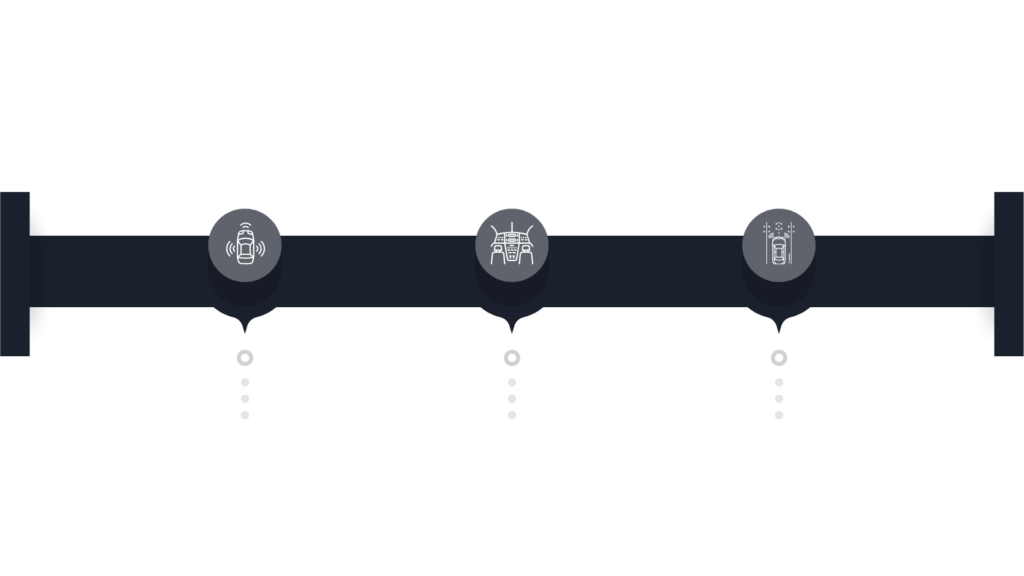
Applications of AIoT in Automotive
AI-Driven Voice Assistants and Gesture-Based Controls
AIoT-powered smart cockpits leverage NLP, voice recognition, gesture technology, and IoT to enhance in-car interactions, creating intelligent vehicle environments. Voice assistants enable hands-free control of navigation, music, calls, and climate settings, reducing distractions and improving safety. Gesture controls further enhance convenience by allowing users to operate functions through hand movements, eliminating the need for physical buttons. These technologies ensure user-friendly experiences with adaptive responses to user preferences. By minimizing distractions through voice or gesture commands, smart cockpits enhance safety by helping drivers keep their focus on the road. Additionally, passengers can effortlessly control media, navigation, and climate settings, increasing overall convenience and making the journey more comfortable.
Personalized Infotainment Systems with AI-Driven Recommendations
AIoT-powered infotainment systems use machine learning, user data, and IoT connectivity to offer personalized entertainment and navigation. By analyzing driving habits, time of day, and mood, these systems curate customized playlists, news, and media while suggesting efficient routes based on past journeys and real-time traffic conditions. This smart system enhances user engagement, reduces manual inputs, and ensures a seamless, enjoyable experience while saving time and minimizing distractions. By adapting to individual preferences, it creates a more engaging environment for both drivers and passengers. Additionally, by recommending relevant content, it helps pass time during long trips, enhancing the overall travel experience.
- Autonomous Driving & AI driven Decision-Making
Autonomous driving has evolved significantly with the integration of AI and IoT (AIoT), enabling vehicles to perceive their environment, make real-time decisions, and navigate safely. AI-driven systems use a combination of cameras, LiDAR, RADAR, and edge computing to process vast amounts of data, ensuring efficient and safe self-driving operations.
AIoT in autonomous vehicles combines cameras, E-Mirrors, LiDAR, and RADAR for comprehensive views, aiding in lane detection, obstacle recognition, and collision prevention. Sensor fusion processes real-time data, edge computing enables local AI analysis for quick decisions. Neural networks improve pattern recognition for traffic signals, obstacles, and pedestrians. Low-latency communication enhances connectivity for better situational awareness, traffic flow. Advancements enhance safety, reduce collision risks, boost efficiency, and fuel economy, enable rapid reactions, optimize routes for shorter travel times.
- Security & Privacy Challenges
Securing connected systems and protecting data are crucial for the widespread adoption of autonomous and connected vehicles, highlighting key security concerns and AI’s role in enhancing automotive cybersecurity. AIoT enhances vehicle cybersecurity with advanced encryption protocols that secure communication between vehicle systems, cloud networks, and connected devices. Intrusion Detection Systems (IDS) monitor network traffic, using AI to identify potential threats, while machine learning algorithms predict and prevent attacks by detecting suspicious patterns. Over-the-air (OTA) updates ensure real-time software patching, addressing vulnerabilities, and preventing exploitation. These technologies combine to create a robust security framework for connected vehicles.
AIoT technologies ensure robust security and privacy by implementing data encryption, anonymization, and secure storage protocols to protect sensitive information such as driver behavior and location. Compliance frameworks like GDPR are integrated into AIoT solutions to align data collection and processing with legal standards. Privacy-enhancing technologies (PETs), such as anonymization and differential privacy, further safeguard data during analysis. Additionally, AI-driven systems ensure legal compliance, preventing regulatory issues and reinforcing user trust by safeguarding personal data, ultimately increasing confidence among users and stakeholders.
In conclusion, AIoT integration in the automotive industry has revolutionized vehicle interaction and driving experiences. It boosts safety, navigation, and personalization for both drivers and passengers. Looking ahead, the potential for AIoT in automotive innovation is immense. Advancements in sensors, algorithms, and edge computing are driving faster autonomous vehicle development, optimizing performance along with security. AIoT integration with smart cities, offices, homes will enhance vehicle connectivity and intelligence. MosChip’s expertise in AIoT, cloud, and edge computing is enabling businesses in this industry to create connected intelligent, and secure automotive solutions.
Author
-

Sombabu is currently positioned as Associated Vice President, and heading "Digital Group" at Moschip Technologies Limited. He has a total of 17 years of experience. He has extensively worked in Smart City & Industrial IoT domains. He has successfully designed & delivered multiple IoT projects since 2016. He is responsible for "Concept to Platform" Design, Development, and Delivery. He holds a master's degree from IISc, Bangalore.

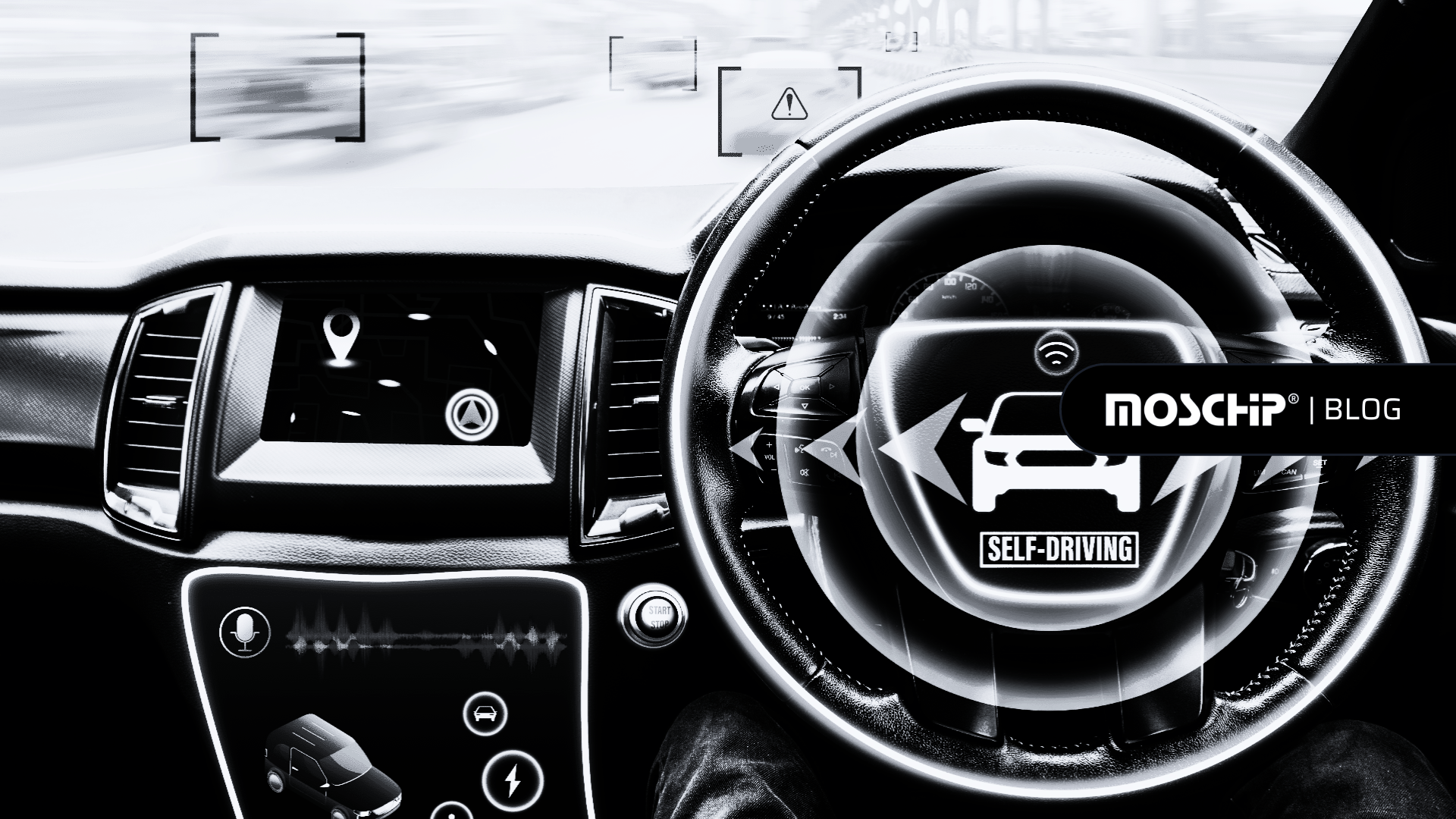


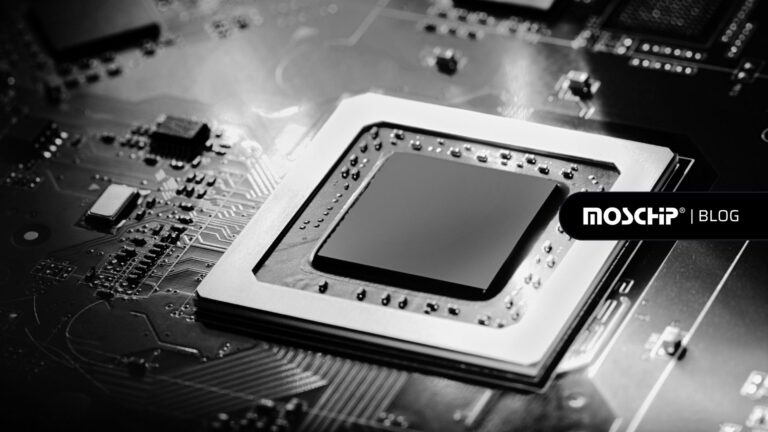

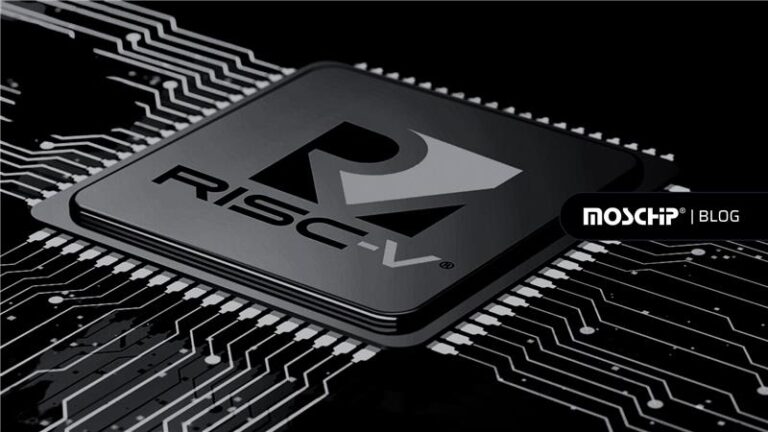
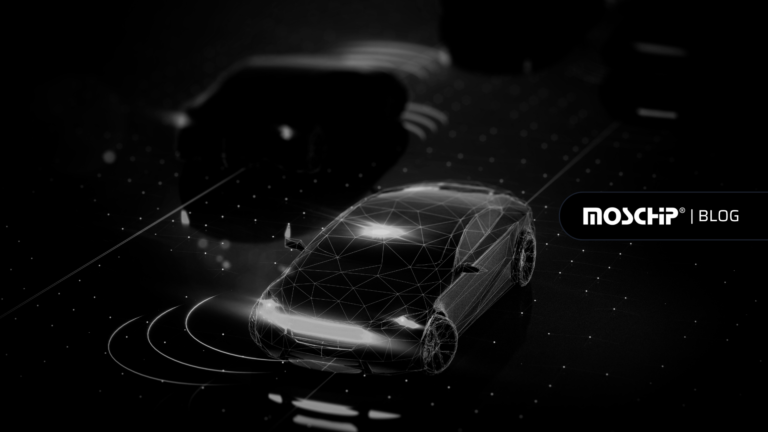
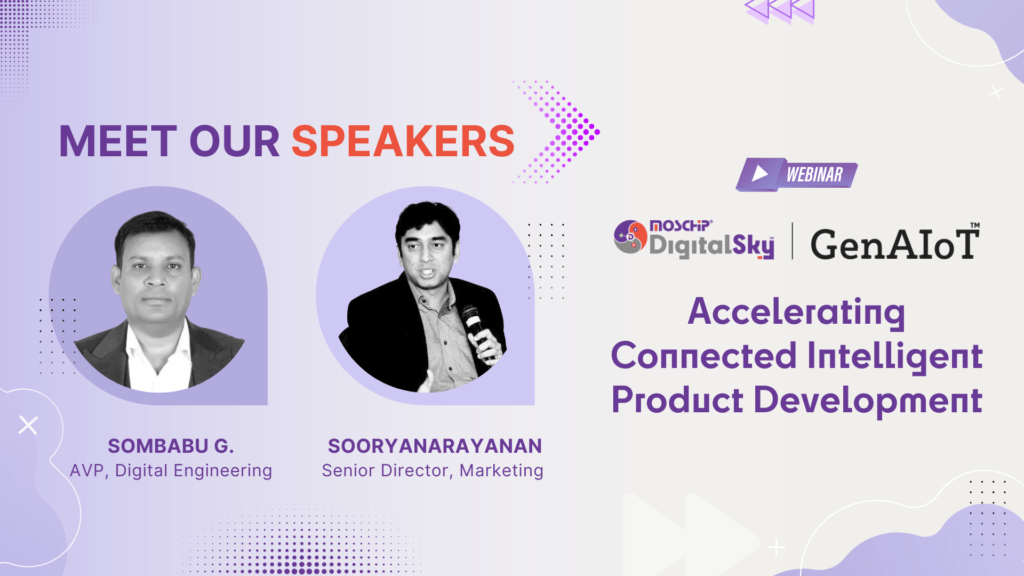
It’s fascinating to see how MosChip is bridging the gap between hardware and AI for automotive applications. Integrating edge AI and cloud computing can really optimize vehicle performance and provide seamless user experiences.
The integration of AI, computer vision, and connectivity into vehicles is such a game-changer. I’m curious how MosChip® balances the computational demands of these technologies with the power and thermal constraints typical in automotive systems.